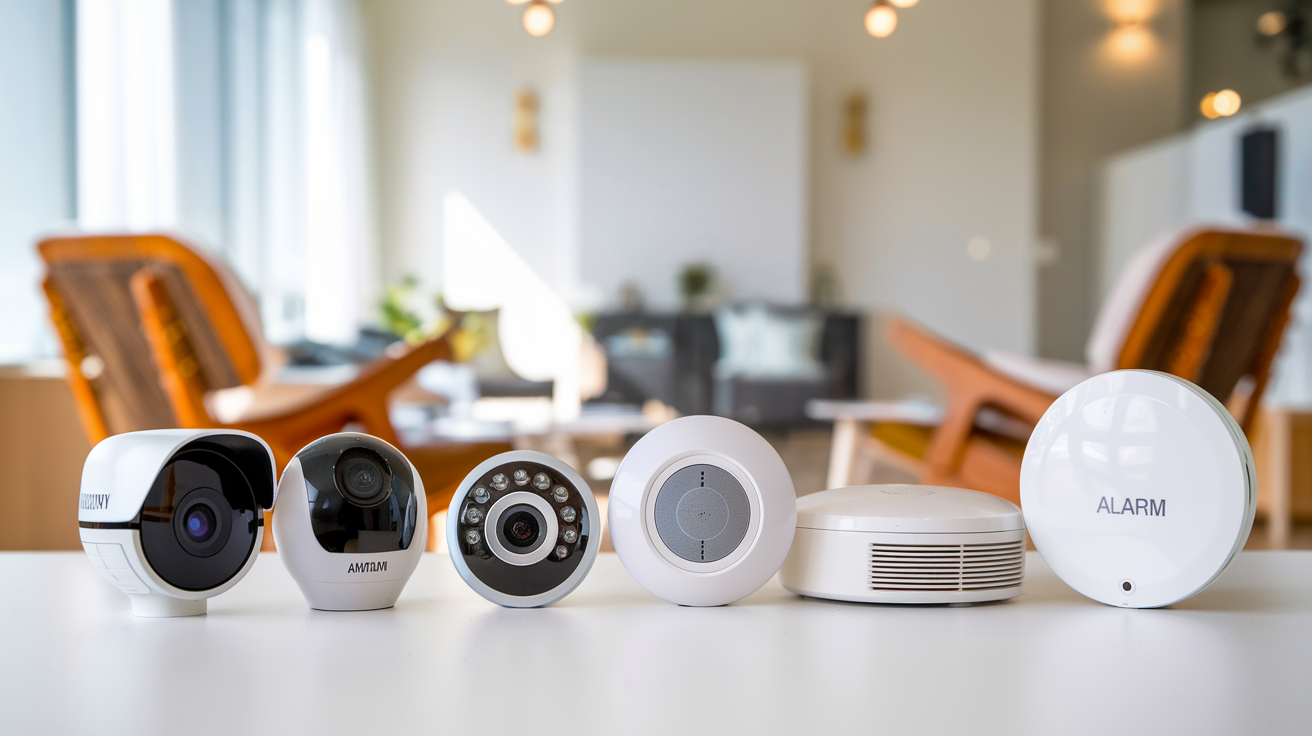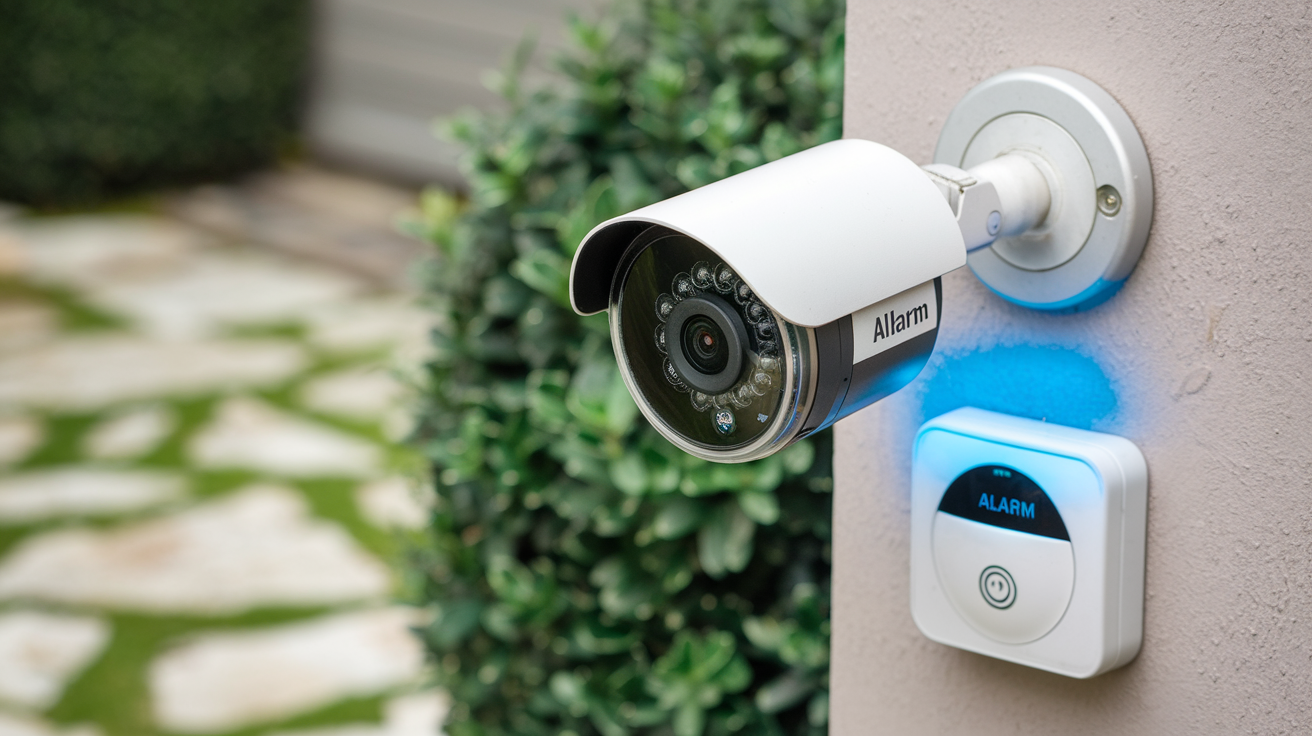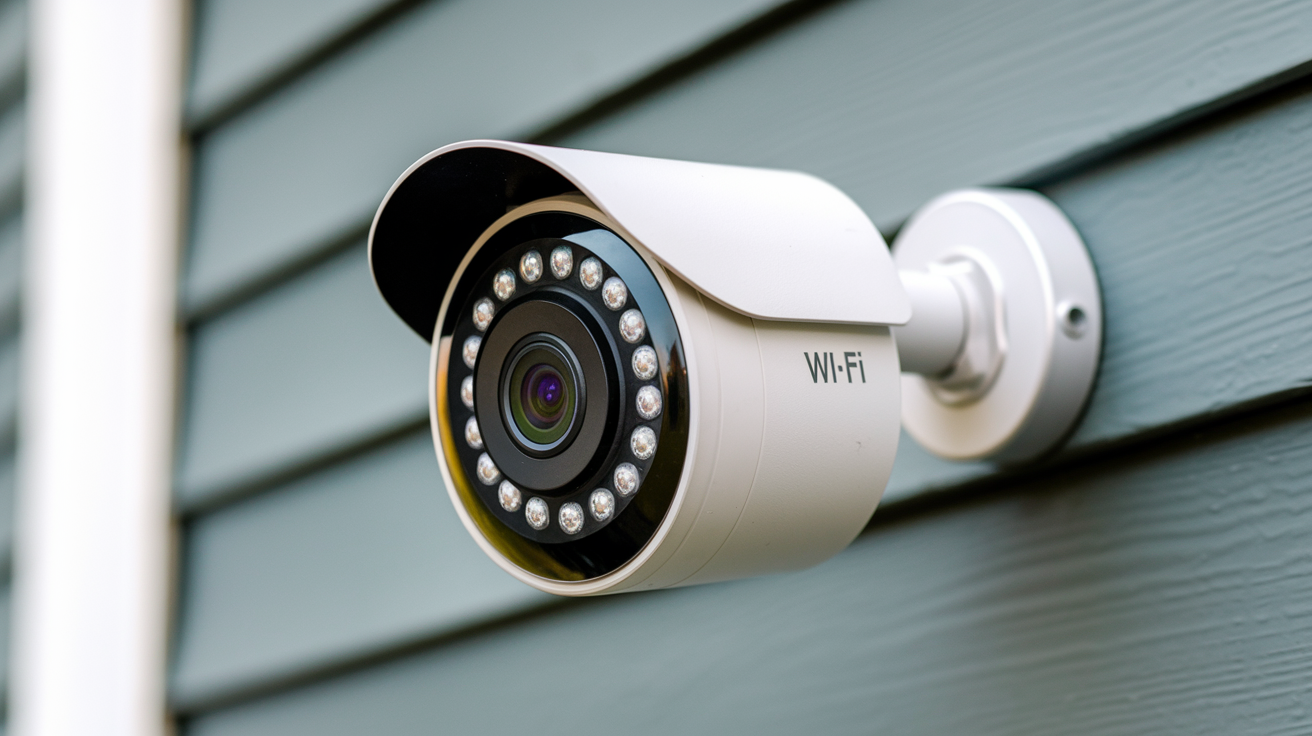It wasn’t long ago that to have a home or business surveillance Best Security Cameras, you had to wire the cameras to the monitors or recording equipment. This could be cumbersome and restrict the options of placing the products. Fortunately, with the advancement in wireless technology, the installation of surveillance cameras is not a complicated process. Wireless cameras record video through WLAN which enables you to install cameras in any location without wires.
Several factors should be taken into consideration in the process of buying wireless security cameras so that the right system is purchased. This guide focuses on the major consideration while selecting wireless surveillance cameras.
Image Quality and Resolution
The quality of the images and videos captured by a wireless camera should be of a high standard. Full high-definition or 1080p high-definition resolution provides clear images and video clips. Basic definition cameras are sufficient for most people, whereas 4K ultra HD has even higher resolution, albeit for more money. Other than resolution, there are features such as night vision, wide dynamic range, and H. 264 compression which can offer better vision in low light conditions and use less storage space respectively.
FoV and Camera Type
The field of view means how much of the area the camera is capable of covering from its fixed position. Large field-of-view models exceeding 100 degrees can be used for monitoring greater areas, while models with smaller FOVs are ideal for closely observing specific regions.
Dome cameras also provide ceiling-mounted surveillance and are ideal for indoor applications. Bullet cameras are characterized by a long cylindrical design that is perfect for covering larger outdoor spaces. CCTV cameras include pan-tilt-zoom or PTZ which allows one to swivel and zoom in on specific sections of the video stream. It is therefore wise to contemplate which types of cameras are most suitable to your monitor requirements.
Wireless Range and Interference
The range of requirements for cameras mostly depends on the transmission standards The range of entry-level Wi-Fi cameras is usually up to 300 feet or even less in outdoor conditions. Extended range models provide up to 1500 feet transmission capability for most home areas. Commercial systems may need additional external antennas. The distance of the camera from the Wi-Fi router or transmitters should be taken into consideration when setting up.
If possible, do not install security cameras close to large metal objects, thick walls, microwaves, and other electronics that are in the 2. 4 GHz range. Having line-of-sight with transmitters is the most effective way of getting the highest quality of connection.
Comparing local storage and cloud storage
Wireless cameras can record onto SD cards built-in into each wireless camera or on network video recorders with hard drives that are linked to multiple cameras. In many cases, local storage is preferred to eliminate charges for cloud storage subscriptions. However, the footage is not available remotely and is not redundant in the case of hardware failure or theft.
Cloud storage uploads video to remote servers. This gives viewers direct access to live and stored video through apps from any gadget via the internet. Cloud plans are available to store data and enable easy expansion by adding more cloud cameras at any time. It is important to compare the cost of expanding the hard drives against the cost of continuous subscription to cloud storage.
Smart Home Integration
Most of the contemporary wireless camera models are compatible with smart home systems such as Amazon Alexa or Google Assistant for voice commands. The compatible cameras have IP ratings for outdoor use, including motion-activated phone notifications, and come with tongued operation through a smart speaker. Some of the cameras also support IFTTT applets that allow users to set up custom events such as blinking smart lights when the doorbell camera has spotted someone. Think about intelligent functions that can improve the wireless monitoring process.
Power Source
Wired security cameras are constantly plugged into an electrical source through the use of an Ethernet cable. Wireless cameras on the other hand use batteries or external power supply units. Battery-operated models are completely portable as they caBattery-operated here without the need for an electrical outlet, however, the batteries must be replaced periodically. Small solar panels are used by some solar-powered cameras to recharge batteries. Adapters provide solar-powered instant power, but cables can restrict placement freedom or need outdoor weatherproof enclosures.
Video Analytics
The Wireless cameras of the higher end have built-in video analytics or machine learning AI for security and convenience. Identify people and vehicles in real-time video streams, decide whether an object was left or stolen, create heat maps of traffic zones, etc. Some of the new cameras include those that have a facial recognition feature and can, therefore, recognize familiar faces in homes and businesses. Such smart functions enhance the efficiency of a wireless camera system.
Budget
Given that wireless surveillance cameras can cost as little as $99 each or as much as $399 per unit for higher-end models, establishing a strict budget proves effective in furthering the selection process. Decide which features are crucial and whether it is preferable to have an expandable system that can accommodate more cameras in the future. Long-term costs of several cloud plans and hardware maintenance also weighed against higher initial costs of the plans that the user may opt for. Consider the total multi-year costs while choosing the cameras and subscription services to use.
Trusted Brands
Swann, Lorex, Amcrest, and Zosi are some of the popular brands that manufacture, security cameras. Look at cameras that come with a warranty that is no less than 1 year and customer service based in the United States. When buying a product read the specs before you purchase and the marks to confirm the wireless transmission standard and the IP rating on weather resistance go to the expert review sites to find the market models that best perform on the different price brackets.
Wireless surveillance cameras give a home or business monitoring solution while not the need for video cables. By analyzing specific parameters such as video quality, cameras, viewing angle, wireless connection, and smart functions, you make sure to choose the right cameras for your place and requirements. Decide on which product is better in the brands that you trust while considering the amount of money that you need to spend. This approach assists in determining the best wireless security camera system to improve visibility, and security and have a sense of security.
Protect your home today with ADT’s top-rated security solutions!
Call now at +1 877-470-7879 to get a free consultation and find out how you can secure your home with the best in the business. Don’t wait—ensure your peace of mind with ADT!





